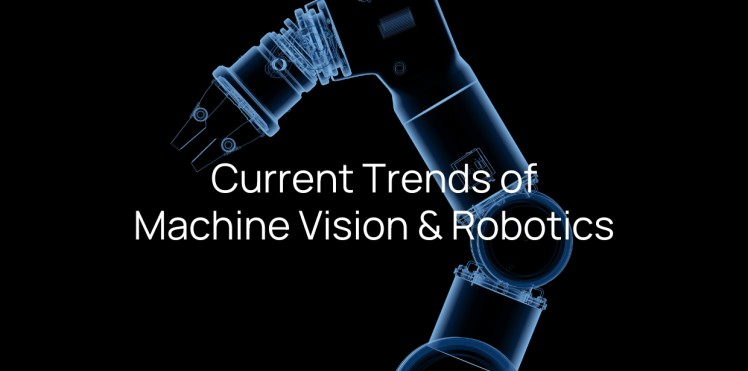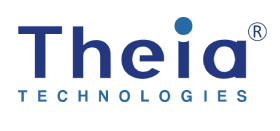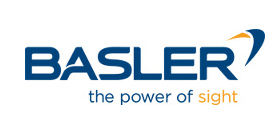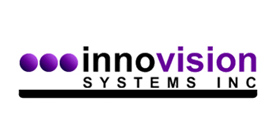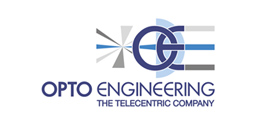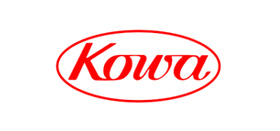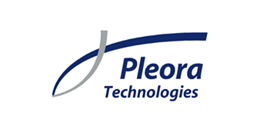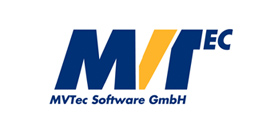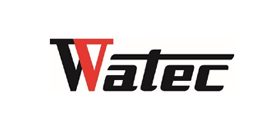Listen to this Article
Machine vision technology is a transformative tool. It empowers industrial robotic equipment to 'see' and rapidly make decisions based on its visual perception. This technology, often utilized for visual inspection and defect detection, positioning and measuring parts, and identifying, sorting, and tracking products, is a game-changer in industrial robotics. The surge in industrial robotics is a direct response to the manufacturing sector's escalating demand for enhanced efficiency and productivity. In the face of global competition, companies are pressured to streamline operations and reduce costs. Robotic automation is gaining traction as robots perform repetitive tasks precisely and consistently.
How Do Robots See?
Physical robots accomplish real-world tasks and 'see' via machine or industrial vision systems. These systems, equipped with a digital camera or multiple cameras, capture the world in frames. The frames are then processed, providing the robot with a unique 'vision' of the application. Armed with this interpreted data, the robot interacts with the physical world in many ways including applications such as a robotic arm, a mobile agricultural system, an automated security setup, and countless others. Machine vision has made significant advancements since its inception, primarily due to integrating artificial intelligence and machine learning. This integration has improved accuracy and precision in image recognition and analysis.
Optics
When it comes to machine vision applications, it is crucial to prioritize high precision and reliability in optical systems. Quality optics are essential in guaranteeing consistent results. The right lens is vital for accurately focusing and magnifying images onto the camera sensor. Different types of lenses will produce different results depending on the specific use case. It's important to choose a high-quality, well-engineered lens while also considering factors like focal length, aperture, and lens type to achieve the desired outcome for the chosen application.
AI and Machine Learning
Advances in AI and machine learning have broadened robots' abilities, making them more intelligent and versatile. Capable of learning from their environment, they employ real-time data to make decisions, allowing them to tackle complex tasks without requiring human intervention. Robotic automation improves efficiency and frees up human workers to concentrate on more creative and strategic responsibilities. The need for robotic automation with advanced sensors has risen from using technologies like 3D printing and nanotechnology. The heightened level of complexity in both products and manufacturing processes has led to the increased use of industrial robotics to navigate these specialized environments effectively and perform precise tasks.
Workplace Safety
Robotic automation has been critical in ensuring workplace safety by replacing humans with robots in hazardous environments, significantly reducing the risk of accidents and injuries. These robots can withstand extreme temperatures, work in confined spaces, and handle dangerous materials, making them ideal for hazardous tasks. Another significant advantage of automation in manufacturing is the ability to provide dependable uniform output without any fatigue or distractions.
Robotic Adaptability
One key advantage of using robotics in manufacturing is the ability to adjust to changing production needs. Manufacturers can quickly alter their operations to meet market demands by reprogramming and reconfiguring robots to perform different tasks. This flexibility enables companies to stay competitive and responsive to customer preferences.
Job Creation and Skill Development
While robots may assume certain repetitive and physically demanding tasks, they also pave the way for new job opportunities. The development and maintenance of robotic systems necessitate the expertise of skilled technicians and engineers. As robots handle routine tasks, human workers can be upskilled for more complex roles that require critical thinking, problem-solving, and creativity.
Environmental Sustainability
Robotic automation can be used to conserve energy by programming to operate off-peak hours or shutting down during low-demand periods, reducing overall consumption and carbon emissions. Additionally, robotic systems can efficiently use resources, such as raw materials and water, by precisely measuring and controlling their usage, further promoting sustainability in the manufacturing sector.
Global Competitiveness
Manufacturers need to incorporate robotics into their manufacturing processes to remain competitive in the global market. As more countries embrace automation, companies that fail to integrate robotics risk being left behind. By using robotics to improve efficiency, elevate quality, and reduce costs, companies can enhance their productivity and maintain a competitive edge.
Supply Chain Challenges
Robotic automation also impacts manufacturing processes by transforming supply chain management. By integrating advanced technologies such as IoT and machine learning, companies can track and analyze data in real-time, enabling optimized inventory management, improving forecasting accuracy, and enhancing customer satisfaction.
The Importance of the Lens
As machine vision continues to evolve and expand into new frontiers, advanced lenses like the ViSWIR series have become essential in capturing detailed, accurate, and actionable data across different spectrums. With their innovative engineering and performance benefits, these lenses are set to contribute significantly to advancing machine vision technology.
The ViSWIR lenses are engineered for the latest SWIR imaging sensors (IMX990/IMX991) and offer fully-corrected focus shift in the visible and SWIR range (400nm-1,700nm). Their advanced design and compatibility make them ideal for various machine vision, UAV, and remote-sensing applications, simplifying the imaging process and ensuring consistent performance across different wavelengths and working distances.
In addition, plug-and-play lenses are widely used in robotics applications. These lenses provide the visual input required for robots and AI systems to perceive and interact with the environment. Whether it's object recognition, navigation, or autonomous systems, these lenses empower robots to perform complex tasks accurately.
The LensConnect Series of plug-and-play lenses opens a world of possibilities for businesses across various industries. From industrial automation to security and surveillance, these lenses offer exceptional image quality, ease of use, and compatibility with different systems. From industrial automation to warehouse operations, the LensConnect Series lenses offer unparalleled image quality, versatility, and ease of use.
With the continuous advancement of technology, robotics' potential is virtually limitless. From improving manufacturing processes to assisting in healthcare and beyond, robotics applications are constantly expanding. Integrating artificial intelligence and cutting-edge engineering drives robotic automation to new frontiers, transforming how we work and interact with machines.
Source: computar.com
Also Read: THE BENEFITS OF THERMAL SCANS FOR BUSINESSES AND LARGE REAL-ESTATE
Back to All Robotics and Autonomous Systems Articles, Resources and News


